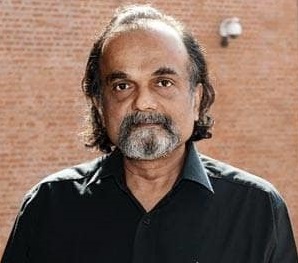Substantial monies are being made available to large cities to build metros. Yet between metros and the newly emerging metropolitan cities , there is a misfit, as between a square peg and a round hole. Over years of town ‘planning’ that assumed low densities of built space to be desirable, irrespective of affordability, a vastly spread-out habitation has developed. And since public transport was neglected, urban sprawls, rather than well integrated (either on the radial, linear or corridor pattern) cities developed. This, in turn, made the cost of infrastructure, especially those that exhibited network economies—sewerage, water supply and public transport—much more expensive than they need be, resulting in their under-provision.
That made possible the vicious circle resulting in sprawls, with humungous costs in intra-urban movement. Clearly, if a metro can save these costs, the vast amounts planned to be pumped in would not be a waste. But, current densities are too low to, on economic grounds, justify a metro. The city being more spread out also means a metro would not have a large share of movement, as it must if the overall reduction in travel times has to take place. In Ahmedabad, there is almost no viable metro corridor; in Pune, possibly one; in Bangalore, a couple or more. The historic handicap of low densities, result of our post-independence city ‘planning’, cannot be overcome overnight. It would also be difficult to pull people on to public transport when investments in private arrangements have already been made, since private transport would be available at its low marginal cost.
Bus Rapid (Mass) Transport—the use of dedicated bus lanes on roads— has the potential, at a fraction of the cost of a metro, to be able to viably carry a large part of the load, and to reach into most areas, barring those with the lowest densities, and is also in sync with the spread out nature of most cities. BRT goes beyond lane dedication. It amounts to running buses one after the other, train-like, to greatly improve the carrying capacity of roads, to fast entry and exit of passengers, off-bus ticketing, enclosed bus stations, and to even air-conditioned buses, to shift middle class commuters from cars and scooters.
Most important, BRT has almost no construction period. It has proved itself in Bogota and its potential is actually much higher in the second-order cities of India. But metros are being pushed irrationally, and metros take years, if not decades. Thus, in Ahmedabad, Origin-Destination (OD) studies do not justify a metro at all on any artery. Instead, high density of movement on the central portion of the Gandhinagar-Sarkhej highway has been used to justify a metro on that stretch, when there is almost no OD there. The BRT group has tactically avoided the stretch, as also another between Thaltej and the Ashram Road, since the metro has appropriated these. These are the best stretches for the BRT phase-I and without these, all phases would be much handicapped, if not crippled. Even in the big-metro cities with rail corridors — Mumbai, Chennai and Kolkata — BRT has the potential to be the efficient feeder to rail and provide high-speed cross links between rail corridors. Delhi certainly has enormous potential.
Similarly, even in the few viable metro corridors in second order cities, much integration with city planning is necessary. The allowed densities (floor space indices) along the corridors, and particularly at the planned stations, would have to be go up significantly. This would help to correct the historical error of having planned for low density cities. The right to higher FSI can be auctioned to finance the metro. And the BRT be made to feed to the main stations along the metro to further enhance values.The time is ripe for SPVs of Rail Bhavan, city corporation, private operators, BRT corporation, current city bus transport companies, para-transport (three-wheeler) associations and town planners to come together.
http://www.financialexpress.com/fe_full_story.php?content_id=140083


